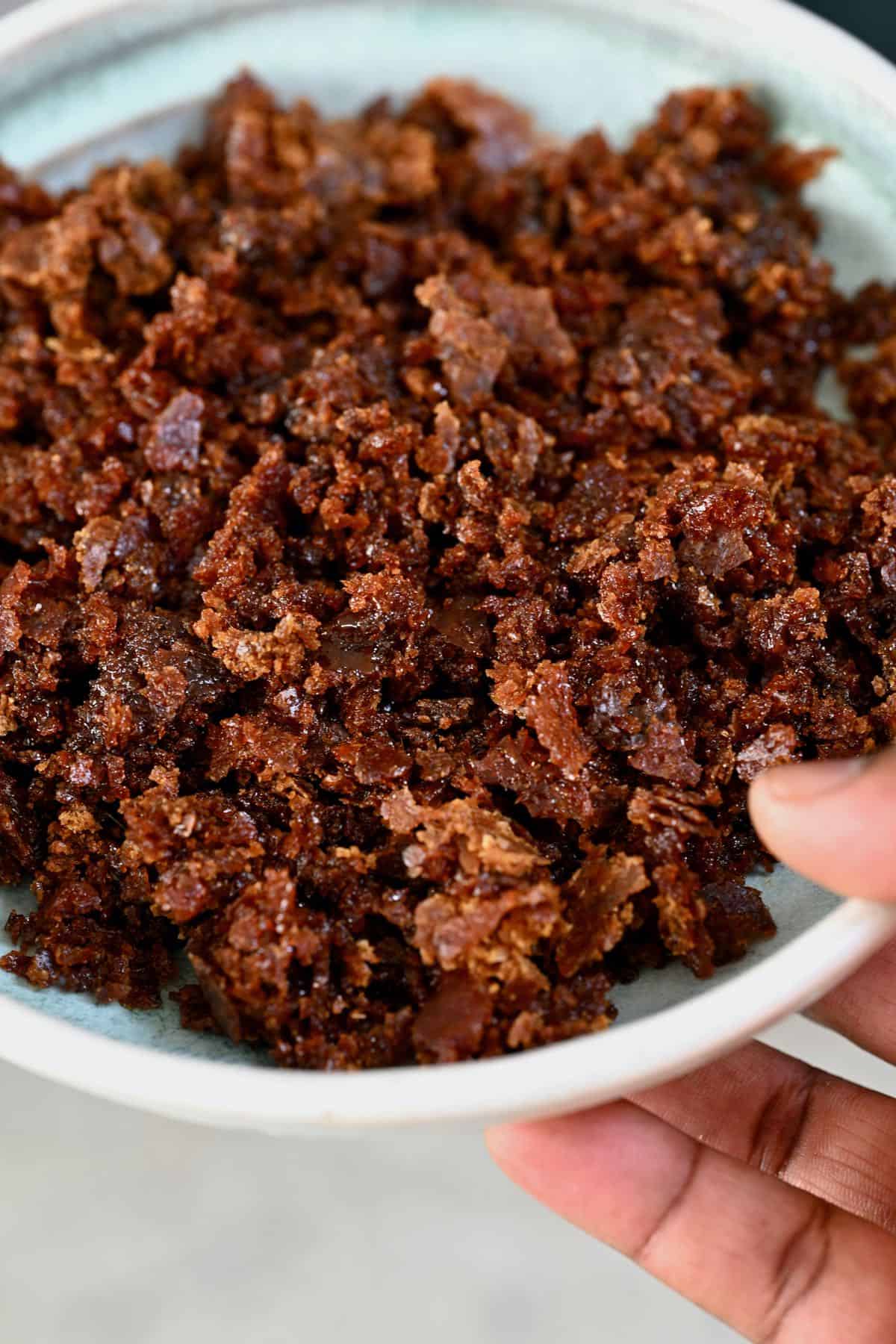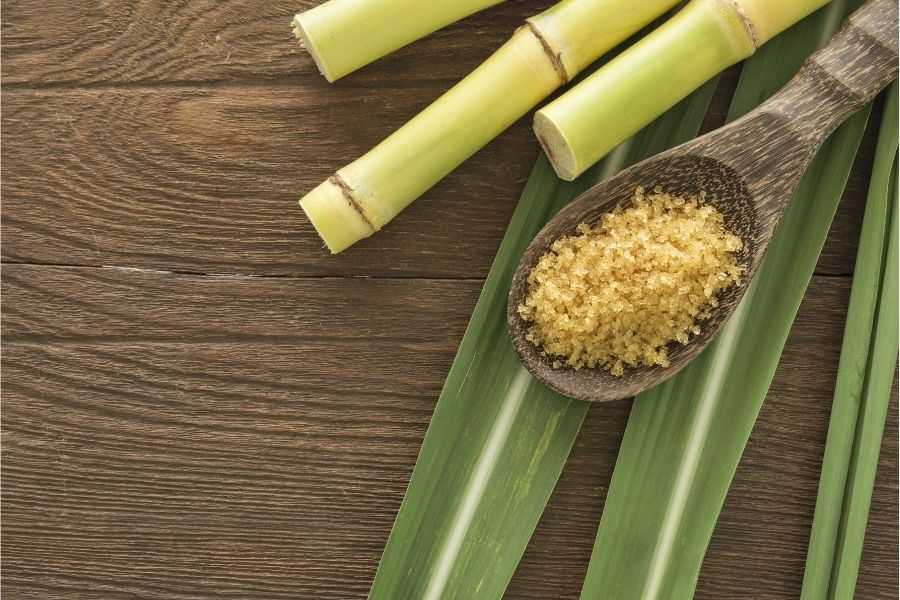Cane Sugar Processing: Trick Technologies for Superior Sugar Manufacturing
Cane Sugar Processing: Trick Technologies for Superior Sugar Manufacturing
Blog Article
A Thorough Overview to the Ecological Effect and Sustainability Practices in Cane Sugar Processing
The environmental effect of walking stick sugar handling offers an intricate selection of challenges that warrant mindful exam. From soil degradation and excessive water use to the carbon footprint linked with cultivation and production, the consequences of traditional methods are far-reaching. What specific methods can be executed to strike an equilibrium between performance and ecological stewardship?
Summary of Walking Stick Sugar Processing
Walking cane sugar processing includes a series of methodical actions that transform sugarcane into refined sugar. At first, collected sugarcane is moved to refining facilities, where it undertakes cleaning up to get rid of soil and debris. Following this, the walking stick is crushed to remove juice, which is then made clear by getting rid of impurities via heating and the addition of lime.
The cleared up juice undergoes evaporation, where water is gotten rid of to concentrate the sugar content. These crystals are divided from the continuing to be syrup using centrifugation, resulting in raw sugar.
The end product is then dried and packaged for circulation. Throughout this entire process, keeping effectiveness and quality assurance is vital to ensure the sugar fulfills market standards. Each step in cane sugar processing not just contributes to the last product however likewise has implications for source usage and waste generation, setting the stage for conversations on sustainability and environmental effects related to sugar manufacturing.
Ecological Obstacles of Production
The manufacturing of cane sugar provides numerous considerable environmental challenges that warrant focus. One key worry is the comprehensive use of agrochemicals, including fertilizers and pesticides, which can result in dirt degradation, biodiversity loss, and contamination of regional water sources. The overflow from sugarcane fields frequently brings these chemicals right into neighboring environments, disrupting water life and affecting the health and wellness of communities reliant on these water bodies.
Another difficulty is the high energy usage connected with sugarcane handling. The boiling and refining stages need substantial heat, primarily produced by melting nonrenewable fuel sources, adding to greenhouse gas emissions. In addition, the large land location needed for sugarcane cultivation can result in logging and environment devastation, more intensifying environment adjustment and threatening wildlife.
In addition, the labor techniques in some areas raise moral issues, as employees may deal with bad working conditions and inadequate salaries. This circumstance usually continues a cycle of destitution in neighborhood communities. Cane Sugar Processing. Dealing with these environmental obstacles is vital for developing more sustainable practices in walking cane sugar manufacturing, inevitably benefiting both the environment and the communities associated with this industry
Water and Land Use Impact
Water resources and land utilization are crucial components in the walking stick sugar sector that significantly affect the setting. The growing of sugarcane needs substantial water input, with quotes suggesting that it can take in up to 2,000 litres of water per kg of sugar generated. This extensive usage of water commonly results in depletion of regional water sources, affecting not just the sugarcane haciendas but likewise bordering ecosystems and communities that count on the exact same water sources for agriculture and domestic use.

Furthermore, land use for sugarcane cultivation can result in deforestation and the conversion of natural habitats right into monoculture plantations. This technique diminishes biodiversity, disrupts local ecosystems, and adds to dirt destruction. The development of sugarcane fields typically intrudes on useful agricultural land, creating competition for sources in between food and biofuel production.
Sustainable techniques, such as maximizing watering techniques and implementing plant turning, are vital to reduce these effects. By taking on extra efficient water usage and land administration methods, the walking cane sugar industry can minimize its eco-friendly impact, guaranteeing a balance in between farming performance and ecological preservation.
Greenhouse Gas Emissions
Greenhouse gas discharges stand for a substantial ecological concern within the cane sugar handling market, specifically as farming techniques expand to fulfill global demand. The cultivation of sugarcane, a crop that flourishes in tropical climates, depends greatly on artificial plant foods and chemicals, which add to laughing gas exhausts. In addition, land-use adjustments, consisting of logging for brand-new sugarcane vineyards, launch co2 saved in plants and dirt.
During processing, power intake is one more major resource of greenhouse gas exhausts - Cane click over here Sugar Processing. Lots of sugar mills utilize fossil gas to power equipment and generate warmth, leading to considerable carbon footprints. Furthermore, the transport of raw sugarcane and finished items adds layers of exhausts with gas burning in vehicles
The collective effect of these exhausts intensifies environment modification, posing dangers not only to the atmosphere but likewise to the long-term feasibility of the industry. Stakeholders try this need to recognize the immediate need for detailed strategies that address these exhausts. This includes examining present agricultural techniques, processing techniques, and transport systems to determine areas for enhancement and reduction. Addressing greenhouse gas exhausts is essential for fostering a much more sustainable walking stick sugar market in a transforming environment.

Sustainable Practices and Innovations
Lasting practices and technologies are progressively vital in the walking cane sugar processing sector as stakeholders seek to minimize environmental effects while maintaining efficiency. One significant improvement is the implementation of incorporated plant administration, which maximizes resource usage by combining soil monitoring, pest control, and plant turning techniques. This technique enhances yield while decreasing chemical inputs and preserving dirt wellness.
Furthermore, the fostering of eco-friendly energy resources, such as biomass from sugarcane deposits, has acquired grip - Cane Sugar Processing. By transforming waste products into power, refining centers can decrease their dependence on fossil gas, thus reducing greenhouse gas exhausts
Water management practices have likewise seen renovations via the recycling and reusing of water in handling plants, considerably minimizing freshwater intake. Technologies in technology, such as precision agriculture, allow farmers to keep an eye on plant wellness and source use better, guaranteeing sustainable cultivation methods.
Additionally, accreditation programs like Fair Trade and Jungle Alliance motivate ecologically accountable farming methods and advertise social equity within the supply chain. By accepting these sustainable practices and developments, the cane sugar processing industry can enhance its strength and add favorably to ecological stewardship.
Final Thought
The environmental effect of cane sugar processing offers substantial obstacles, including soil degradation, high water intake, and greenhouse gas exhausts, together with honest issues connected to labor techniques. Attending to these problems with sustainable techniques, such as incorporated crop management, renewable resource adoption, and water recycling, is essential. By advertising ecologically responsible and socially fair approaches in sugar production, the industry can alleviate its unfavorable effects, making certain a much more lasting future for both ecological communities and neighborhoods associated with this field.
Walking stick sugar handling includes a series of methodical steps that transform sugarcane right into refined sugar. Each action in walking stick sugar handling not only adds to the final item but likewise has implications for resource usage and Website waste generation, setting the phase for discussions on sustainability and ecological influences connected with sugar manufacturing.
Greenhouse gas emissions stand for a significant environmental problem within the walking stick sugar handling industry, especially as farming practices broaden to fulfill global need.Lasting practices and advancements are significantly essential in the cane sugar handling market as stakeholders look for to decrease environmental impacts while maintaining efficiency.The ecological effect of walking stick sugar processing offers considerable challenges, including dirt degradation, high water usage, and greenhouse gas emissions, together with moral issues associated to labor practices.
Report this page